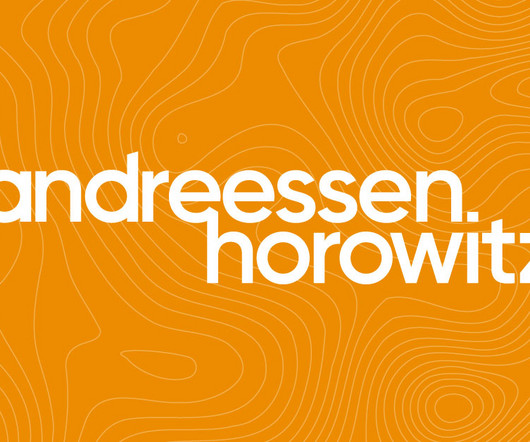Gust Blog - Thoughts on startups by investors that fund them
Gust
JUNE 19, 2012
I bought the Rocket eBook Reader in 1999. One of my earliest excursions into market research was working for a research firm doing a 1979 forecast on ATMs. I’ll try to offer some guidelines to address these issues, but I generally recommend you keep the day job until your new company is producing real revenue.












Let's personalize your content